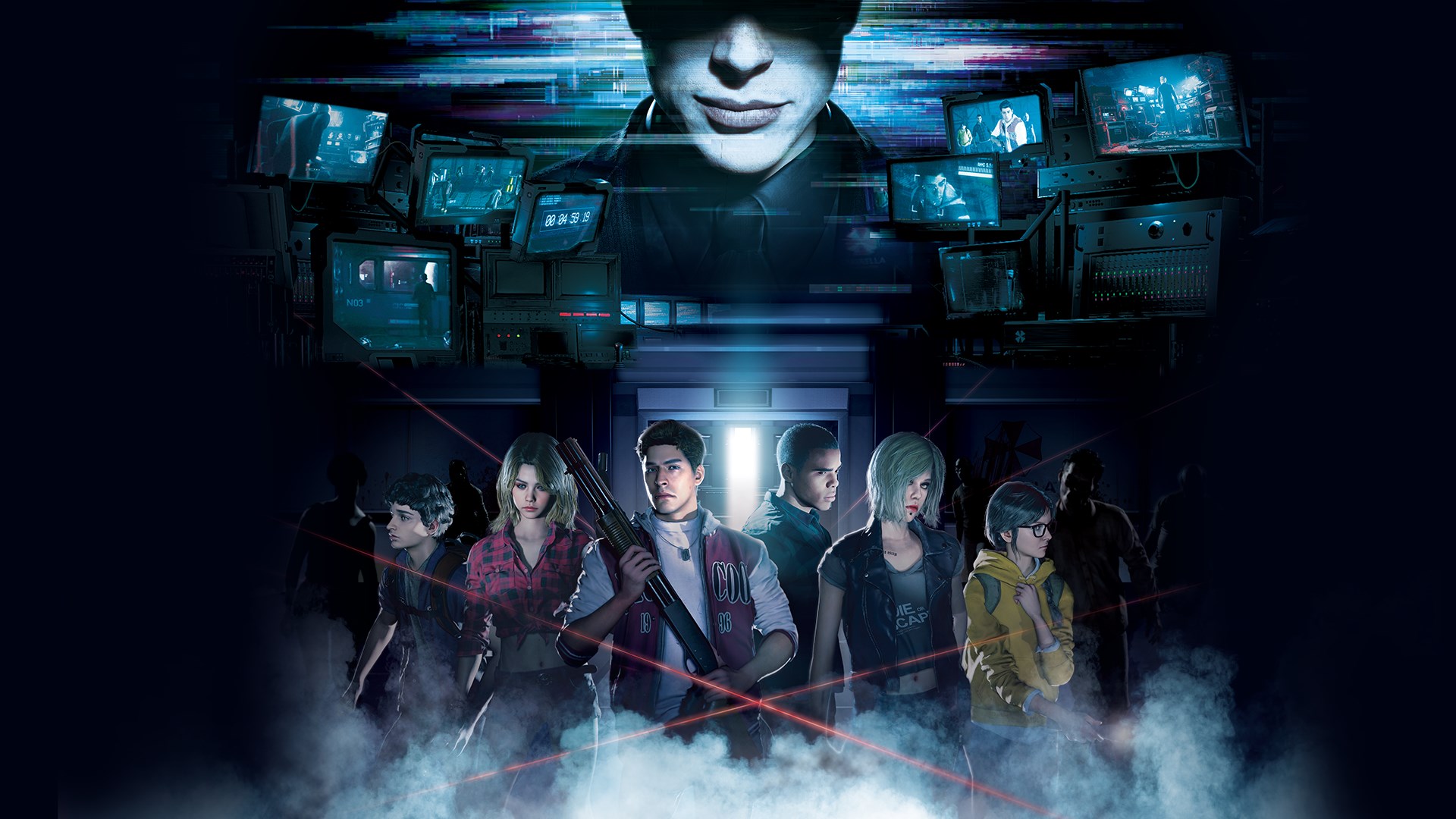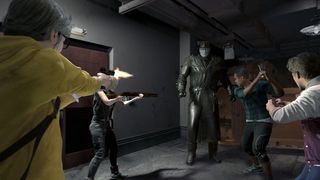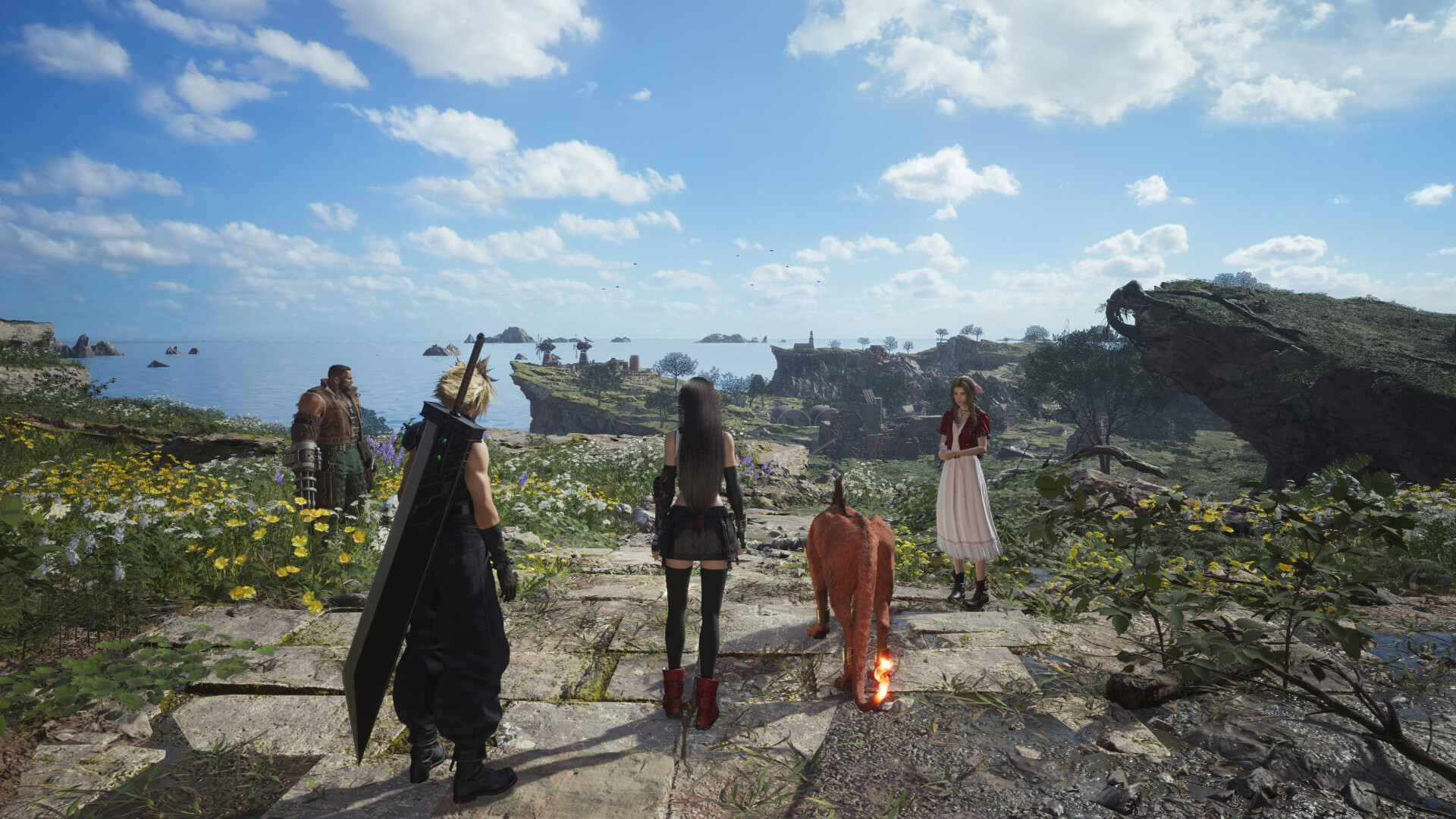You can trust VideoGamer. Our team of gaming experts spend hours testing and reviewing the latest games, to ensure you're reading the most comprehensive guide possible. Rest assured, all imagery and advice is unique and original. Check out how we test and review games here
There is, in Resident Evil Resistance, the germ of an ingenious idea. Released alongside Resident Evil 3, Resistance is a four-versus-one multiplayer game, in which a group of survivors—each of whom, we are told, has been “acquired and injected with the virus”—go up against the Mastermind. If you’re playing as said Mastermind, you’re given the responsibility of “taking over phase 8 of human experiment 1242-B,” which means that you subject these poor souls to “a series of increasingly violent situations at short intervals to stimulate mutation by evoking fear and terror”—a process familiar to viewers of Gordon Ramsay’s various television series. What this actually entails is you lurking in a room, whose walls are awash with screens, pulling the levers and flicking the switches that will serve up fresh survival horror. In short, here is your chance to play Capcom.
It’s a delicious proposition: slipping behind all those creaking doors—indeed, conjuring the creaks, along with the bumps, the night, and the things that go. It’s a similar concept to The Cabin in the Woods, a film about the bureaucracy of terror, which revealed, with a helping of wry humour, the corporate schlubs whose job it was to cajole their victims into fulfilling the clichés—or the holy rites—of the horror genre. In Resident Evil, of course, tongues are not for planting in cheeks; they are for lashing people asunder. (One of Resistance’s prime delights is conjuring a Licker, to do just that.) You view the environments from a bleary vantage, cutting between a series of CCTV cameras and making life for the survivors as distressing, and short, as possible—turning out lights, locking doors, and summoning atrocities. But there is little time for well-tailored chills; rather, you chew through the survivors on the fly, trying to stop them from escaping each mazy level any way you can.
You spawn your equipment by playing cards from a hand—each has an energy cost and a cooldown—unleashing triple packs of zombie dogs, say, or planting leg traps to ensnare them while you dredge up a Tyrant. That is, by the way, the best thing in Resistance. You are able to possess certain ghouls, the Tyrant amongst them, and thud through the level like a trenchcoated bus. One move, in which you hoist your quarry into the air and crush their head in your hand, is worth playing for alone. Such malevolence is all the more fun for how inherently killable these survivors are. Among them Samuel Jordan, a jock with a pink letterman jacket who has extra punching power; January Van Sant, a blonde-bobbed hacker who can disable cameras; Valerie Harmon, a support character who, with a mustard-yellow hoodie and thick-rimmed black specs, roughly resembles Velma, from Scooby-Doo; and Martin Sandwich, a “mechanic” with a helmet of curls, who looks as though he has wandered in after flubbing an audition for the next season of Stranger Things.
Far more appealing are the Masterminds, of which you have four to choose, each with their own cards and perks. We get Annette Birkin, from last year’s Resident Evil 2, who possesses the ability to call upon her husband, William, to lay waste to the survivors. Then, there is Daniel Fabron, who seems far too fashionable to be a scientist, with smoked spectacles and slicked-back hair, and who is the only one capable of calling on the Tyrant. Players of Resident Evil Revelations 2 will recognise the trap-happy, monster-plant wrangling Alex Wesker, although, given that she has been re-shined with a Charlize Theron finish, maybe not. Finally, we have Ozwell E. Spencer, the mouldering chairman of Umbrella Corporation, who seeks to rebuff his own mortality through ill-advised, viral means; fittingly, he can summon up a wall to delay the survivors’ progress for a period of time. It’s a perfectly deranged array of Capcom’s psychotic, B-movie villains.
There are two main problems with Resident Evil Resistance. The first is the mood, which has the feel of all those late-game plunges into gleaming laboratories, when the air turns alkaline and the earlier atmosphere, of wood and gloom and gore, is dashed. This is perfectly understandable, given that Resistance isn’t trying to terrorise but to provide monstrous kicks. But it also means that the maps are a scramble of locks and keys, curated for speed and teamwork, and thus they don’t bury themselves in the mind. (It also doesn’t help that, lacking a mini-map, you have to sacrifice a chunk of the screen to display the layout.)
The other problem is: Who wants to play as a survivor? When you do join their scrabbling ranks, you are folded into a frantic mission of run and gun: collecting Macguffins to unlock doors, defending positions from the crusty tides of the dead, and using your character’s unique abilities to bolster your chances. The RE Engine seems purposely under-revved, drilled with cooling holes to help cope with the extra action; I noticed some clumsy clipping here and there, and that the zombies don’t blow apart with the same aplomb as they have done. Then, there is the natural jank, no less jarring, supplied by human beings, in all their spasming spontaneity. This can hardly be blamed on Capcom, but the decision to prise open a world, and an engine, that is most potent when swallowing a solitary player in a rich and foreboding fug is as admirable as it is odd. Personally, I would prefer my darkness undiluted by the presence of fellow-players. Resident Evil isn’t something I have ever wanted to resist.









